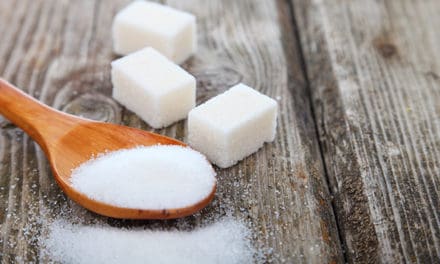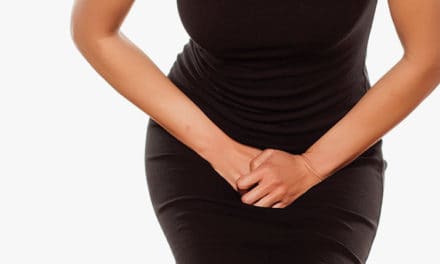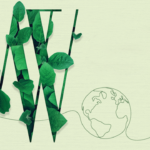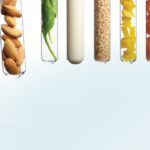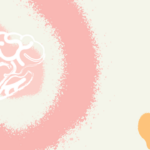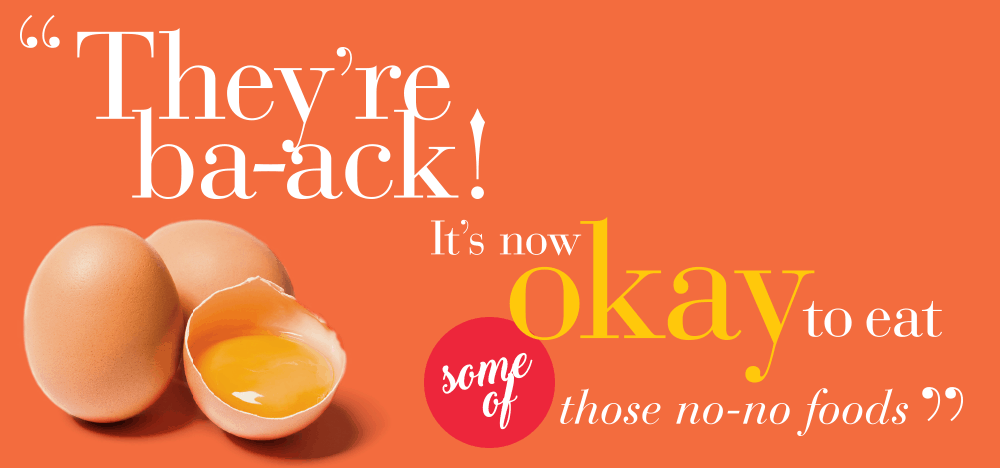
Where food is concerned, Big Science doesn’t always get it right. For decades we’ve been advised to either eat or avoid certain foods to protect our health, often with surprisingly thin evidence to back up these “new rules” of eating. And many treasured cuisines have taken a beating as their traditional ingredients and methods have been labelled unhealthy.
That’s the bad news. But there’s good news. Some of the so-called unhealthy foods have now passed muster with researchers – and with studies and reports to support us, we can feel confident about welcoming them back to our tables.
Here are 4 foods that you can feel good about eating again
Egg yolks
Enough with the egg-white omelettes, already! Despite the undeserved bad rap it’s received as a cholesterol booster, the yolk is, hands down, the most nutritious part of the egg. Sure, egg whites house the protein. But yolks – not whites – contain vitamins A, D, E, K2, and omega-3 fats. Egg yolks are also our main dietary source of the brain-critical nutrient choline. After menopause, women have higher requirements for choline not just for brain health, but for healthy liver function as well. Yolks even contain a smidgen of vitamin B12, a nutrient that is tough to get from other sources. The yolk and the white are the egg’s yin and yang. Enjoy both.
Lard
Ah, praise the lard! Yes, you read that right. Of all the foods that got persecuted in the saturated-fat witch hunts of the 1980s and 1990s, lard, inexplicably, got the worst rap. Lard has never been any less healthy than butter, yet somehow it became the four-letter word of the nutrition world – and it’s been slower than butter to be re-embraced. Pork lard naturally contains about 50% monounsaturated fat, the same fat that makes olive oil so sought after. If you’ve embraced olive oil, coconut oil, and eggs, there’s no rationale to continue barring your kitchen door against lard. Pork lard offers several advantages in cooking, too. Its high-smoke point makes it excellent for frying, far better than vegetable oils that tend to be damaged at relatively low cooking temperatures. As long-time bakers know, lard also makes the flakiest pastry. Not just any old lard will do; it pays to find the highest quality stuff that comes from producers who feed their animals well. But in a pinch, when wanting to fry potatoes, I’ll even use the regular grocery store lard before reaching for any other fat. That’s how superior it is for frying.
Butter
Here’s a traditional food that was shunned decades ago in favour of a supposedly superior synthetic alternative – margarine. But butter has made a triumphant comeback. Turns out the hydrogenated fats in margarine were far worse for our health, because the body doesn’t know what to do with them! At the same time, despite what we were told, no substantive evidence ever showed that old-fashioned butter endangered heart health. Feel free to get back on the butter bandwagon. Nothing else does as good a job of making a sauce velvety!
Cooked Food
Although few people ever converted to a completely raw diet, the raw-food movement encouraged many of us to make a greater effort to eat our fruits and vegetables uncooked. The ubiquitous kale salad comes to mind, right? Well, raw foodism is based on the largely erroneous notion that cooking destroys nutrients. In fact, with the exception of vitamin C, the absorption of most nutrients from plant-based foods is generally enhanced by lightly cooking them. Indeed, some important phytochemicals can’t be liberated from plant cell walls without some cooking. Lycopene is a good example. This red plant pigment, which has been studied for its potential heart and prostate health benefits, is naturally found in fresh tomatoes, but the amounts become higher and more readily available to the body when the tomatoes are cooked.
Feeling confused about the new food rules? Wondering how to identify the next foods to be unfairly blacklisted?
Try using the Grandparents – or Great-Grandparents – Rule! If it’s a food that your ancestors ate or could have eaten, then it probably stands the test of time and fits well into a healthy diet. If it’s something newly created by the food industry, you might be right to be skeptical. And if the idea of eating egg yolks and lard triggers your fat phobia, it’s time to seek a cure. One book I recommend to my patients is Eat Fat, Get Thin, by Mark Hyman, MD. Another good read on the topic is The Big Fat Surprise, by Nina Teicholz.
Tip!
Remember that some veggies really need to be cooked
Cruciferous vegetables such as cabbage,kale, and broccoli should be eaten cooked, not raw, to neutralize goitrogens – plant-based compounds that can slow thyroid function.


